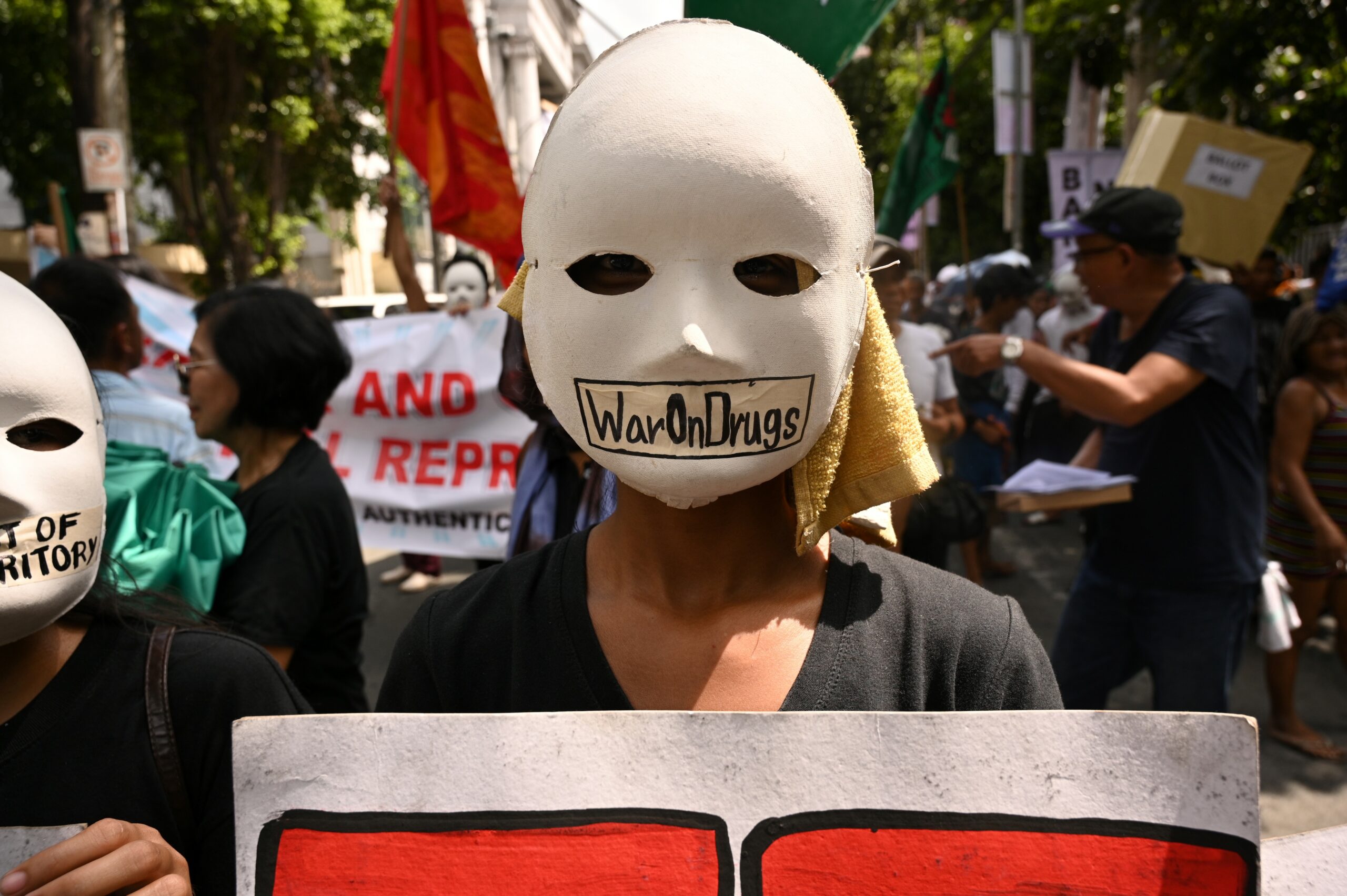The ocean supplies half the planet’s oxygen, absorbs more than a third of carbon dioxide emissions from the burning of fossil fuels and feeds billions of people. If ratified, the UN high seas biodiversity treaty could build in new hurdles for corporations operating on the high seas – defined as the 60% of the ocean beyond any nation’s jurisdiction – including for those companies proposing to remove carbon dioxide from the ocean.
“I think that the end of the Wild West may be in sight, with real commitment to implement this treaty,” said Susanna Fuller, a member of the steering committee of the High Seas Alliance, a coalition of more than 40 environmental groups. “We need to get it up and running soon to deal with those things,” Fuller said, referring specifically to CO2 removal schemes.
Delegates will reconvene at a later date to formally adopt the text of the treaty, which will then go to the UN General Assembly for approval.
The treaty does not regulate overfishing, a prime threat to ocean biodiversity, as fishing in international waters is managed by other organizations. But it does allow for the establishment of marine protected areas on the high seas, where fishing could be banned. That would enable the UN to move toward a target of conserving 30% of the ocean by 2030.
The treaty also requires environmental impact assessments for potentially harmful activities, such as proposals to conduct geoengineering experiments in the ocean to combat climate change. Another main provision requires sharing with all nations any bounty from harvesting marine genetic resources, which includes marine molecules, bacteria and algae that could be used in pharmaceuticals and other products. The treaty also provides for the transfer of marine technology to developing countries.
Disputes over those issues, particularly the sharing of marine genetic resources, had stymied treaty talks since 2018, when negotiations were authorized to draft a legally binding high seas biodiversity treaty under the UN Convention of the Law of the Sea (UNCLOS). That 1982 agreement regulates activities in international waters, including seabed mining. But the word “biodiversity” does not appear in UNCLOS, nor does the agreement provide any mechanisms to assess the environmental impact of industrial activities on ocean life or provide for its conservation through marine protected areas. The drafting of a high seas biodiversity treaty has been a decades-long effort to resolve those deficiencies.
As with international negotiations over climate change, treaty talks fractured along a North-South fault line. Small island states dependent on the ocean for their survival, along with other developing countries, pressed for the sharing of benefits of marine resources and for help in dealing with the loss of ocean biodiversity caused by developed nations.
“Activities on the high seas have a very strong impact on us, our territorial waters,” said negotiator Ismail Zahir, a representative for Samoa and a principal advisor to the Alliance of Small Island States. “The way that we see it, there’s no point in having this treaty unless we acknowledge the fact that the benefits should apply and be shared equitably amongst everyone.”
What was to be the final round of negotiations in March 2022 failed to produce an agreement and further talks were held later that year. Those negotiations also faltered, and over the past two weeks delegates have been meeting at the UN in New York City for a make-or-break session to finalize the treaty.
At the end of the last day of scheduled negotiations on Friday evening, Rena Lee of Singapore, who served as president of the conference, convened delegates and told them, “We have a window of opportunity to seal the deal and we mustn’t let this opportunity slip through our hands.” That kicked off 36 hours of nonstop negotiations behind closed doors. “The ship has reached the shore,” Lee announced to bleary-eyed delegates on Saturday night.
The agreed-upon text of the treaty had not been released as of Sunday afternoon, and it was unclear to delegates what compromises had been reached to achieve consensus. “There’s a few little things that we know are probably not as strong as we would have liked from a conservation outcome, but I think it’s a pretty good treaty,” says Fuller of the High Seas Alliance, who has attended every UN session related to a high seas biodiversity treaty since 2004. “It’s as good as we make it and as good as the political will to implement it.”
Zahir noted that various provisions of the treaty will be put into place by majority vote rather than consensus, which is the case with other UN treaties. “We wanted to avoid a situation where one country would just say no, for whatever reason,” to the creation of a marine protected area, he says.
After the UN General Assembly approves the treaty, 60 nations must ratify the agreement for it to go into effect. The US has never ratified UNCLOS due to opposition from the Republican Party, but the Biden administration has supported the high seas biodiversity treaty.
“Today the world came together to protect the ocean for the benefit of our children and grandchildren,” the US State Department tweeted Saturday evening.
As soon as the agreement was announced, dissenting voices also emerged among the delegates. In comments echoed by Turkey, Sergey Leonidchenko, a representative for the Russian Federation, stated: “We have just received large parts of these texts that are very much new to our delegation, and represent parts of deals in which our delegation did not have a chance to participate.”
Zahir said he doubted that extending negotiations would have resulted in a better outcome. “Overall, as small island states, we are very happy with the treaty.” BM/DM




















Discussion about this post